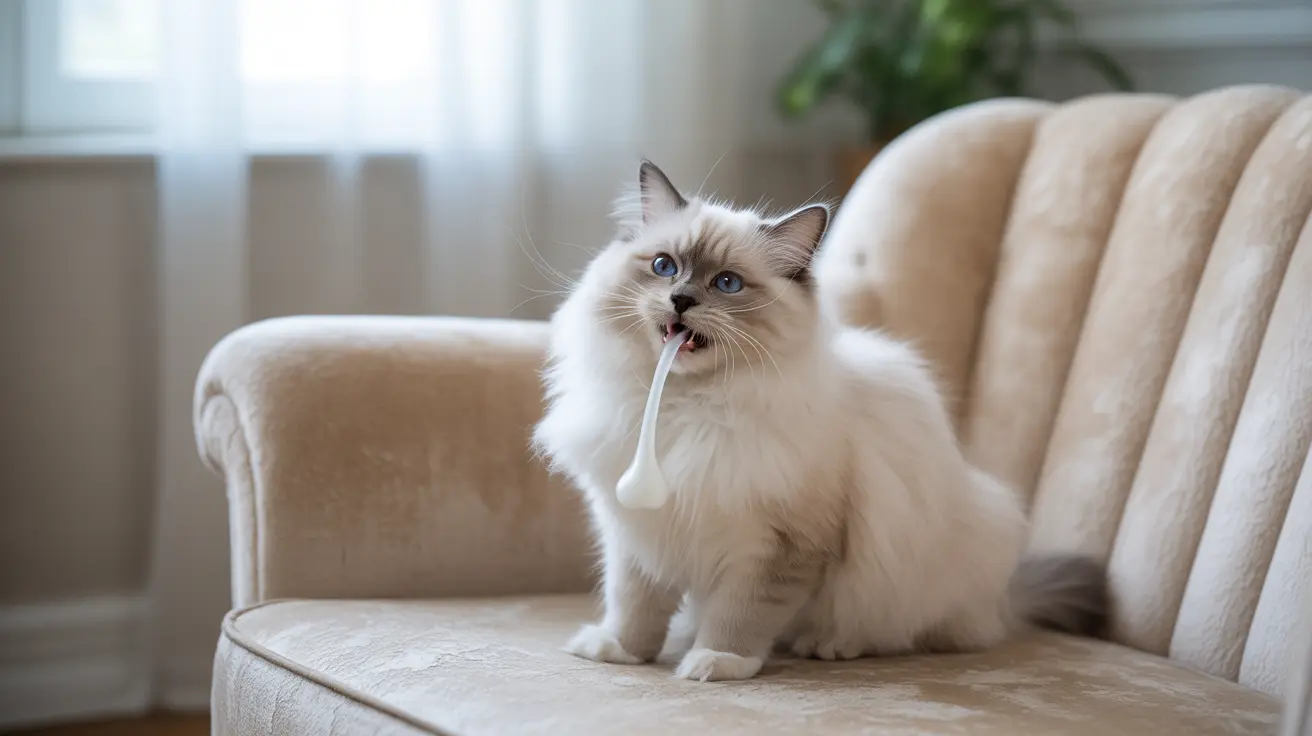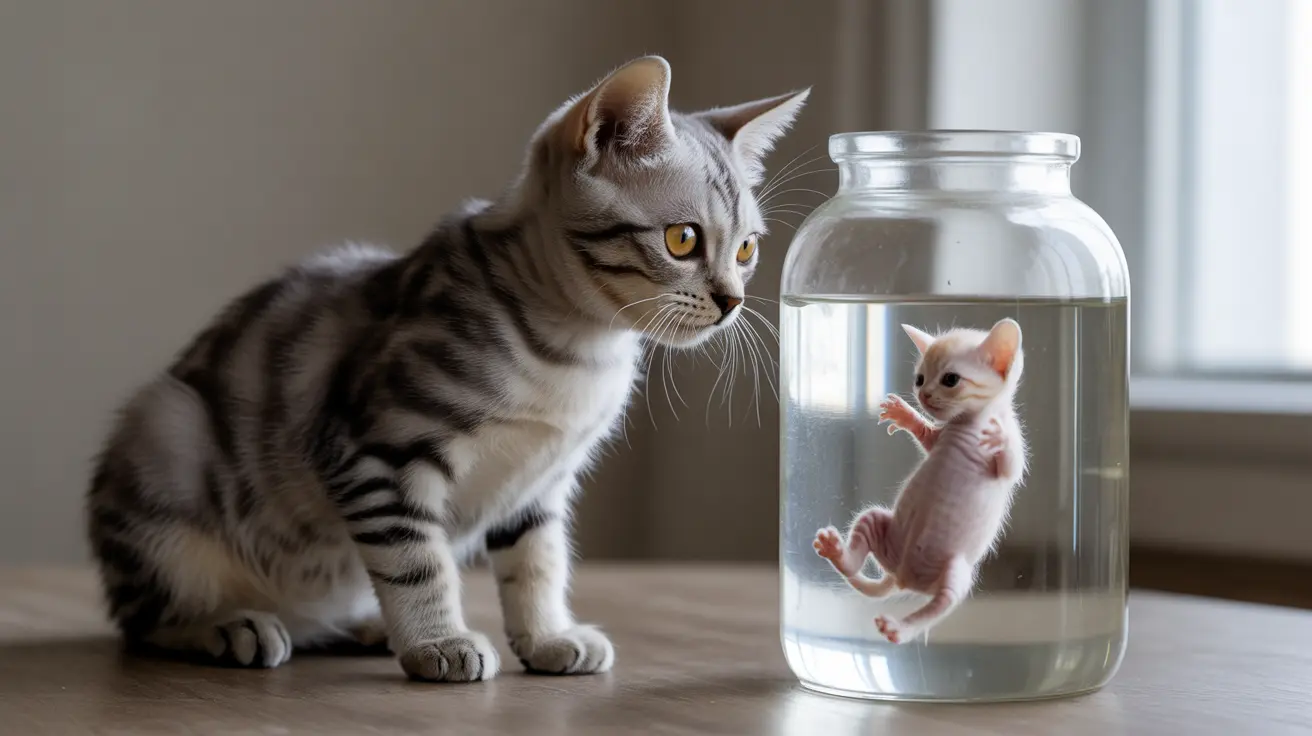Managing weight control in a multi-cat household presents unique challenges, especially when one cat needs to lose weight while others don't. This comprehensive guide will help you navigate the complexities of feeding cats with different dietary needs while maintaining household harmony.
Understanding how to implement an effective feeding strategy is crucial for success. With the right approach, you can help your overweight cat achieve a healthy weight without disrupting the nutritional needs of your other feline companions.
Creating Separate Feeding Zones
One of the most effective strategies for managing different dietary needs is establishing distinct feeding areas. Consider setting up feeding stations in separate rooms or using physical barriers to prevent food sharing. This approach helps ensure each cat eats only their designated portion.
For maximum effectiveness, place feeding stations at least 10 feet apart. This distance helps reduce anxiety and competition while allowing you to monitor each cat's food intake accurately.
Using Vertical Space
Take advantage of your home's vertical space by creating elevated feeding stations. Cats naturally enjoy different heights, and this approach can help separate food bowls while making mealtimes more engaging. Consider placing food bowls on cat trees, window perches, or dedicated feeding shelves.
Implementing Scheduled Feeding Times
Transitioning from free-feeding to scheduled mealtimes can significantly improve weight management efforts. Feed your cats at consistent times throughout the day, typically 2-3 meals spaced evenly. This routine helps regulate portion control and prevents food stealing.
Consider feeding your cats in shifts if necessary. Feed the cat on a diet first in a separate room, allowing them time to eat their portion without interference. Once finished, they can be let out while other cats eat their meals.
Technology and Tools for Success
Modern feeding solutions can make managing multiple cats' diets much easier. Microchip-activated feeders ensure each cat can only access their designated food bowl. These devices recognize your cats' microchips or special collar tags, opening only for the intended cat.
Puzzle feeders and slow-feed bowls can also help extend mealtime for the dieting cat, making them feel more satisfied with smaller portions while providing mental stimulation.
Monitoring Progress and Adjusting Strategies
Keep a detailed log of each cat's weight and eating habits. Regular weigh-ins (every 2-4 weeks) help track progress and allow for timely adjustments to feeding plans. Remember that healthy weight loss for cats should occur gradually, typically no more than 1-2% of body weight per week.
Frequently Asked Questions
How can I put one cat on a diet when I have two cats in my home?
Use separate feeding areas and scheduled mealtimes. Consider microchip feeders or feeding cats in different rooms to ensure the dieting cat only receives their prescribed portion.
What are the best ways to feed two cats separately without causing stress?
Create distinct feeding zones in separate rooms or at different heights. Use visual barriers and maintain consistent feeding schedules to reduce anxiety and competition.
Can I use meal times or puzzle feeders to manage my overweight cat's food intake when I have another cat to feed?
Yes, puzzle feeders can slow down eating while making mealtimes more engaging. Combine this with scheduled feeding times to better control portions and prevent food stealing.
How do I stop one cat from eating the other cat's food in a multi-cat household?
Implement supervised feeding times, use microchip-activated feeders, or feed cats in separate rooms. Always monitor mealtimes to prevent food theft.
What feeding technology or strategies work best for feeding multiple cats with different dietary needs?
Microchip feeders, timed automatic feeders, and elevated feeding stations are excellent solutions. Combine these with consistent feeding schedules and separate feeding locations for optimal results.
With patience and consistent application of these strategies, you can successfully manage your cats' different dietary needs while maintaining a peaceful household environment.






